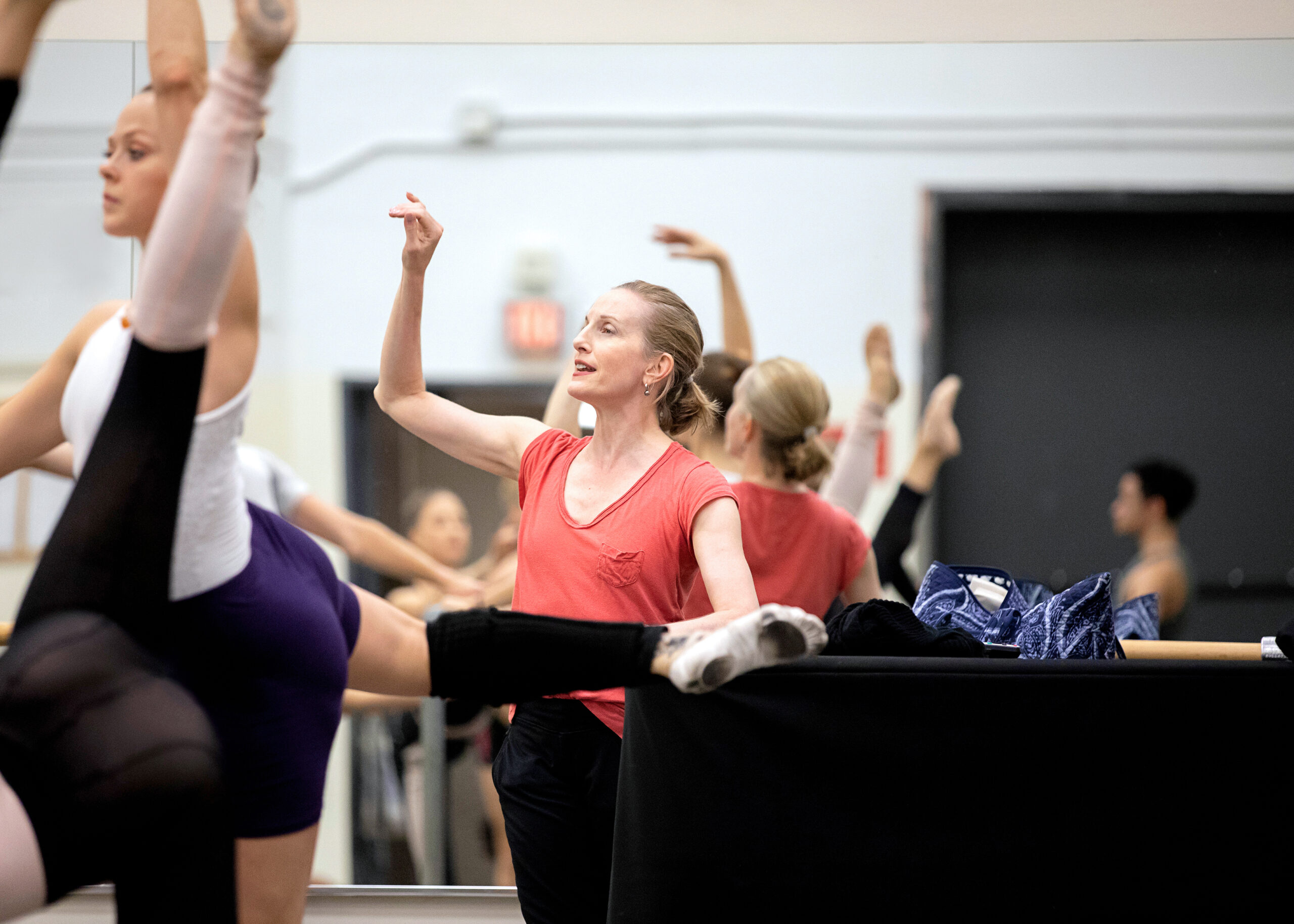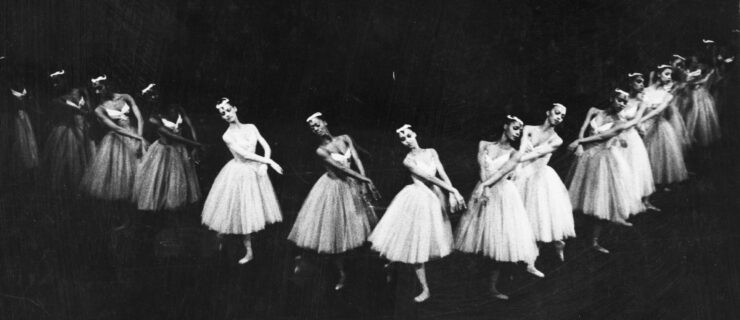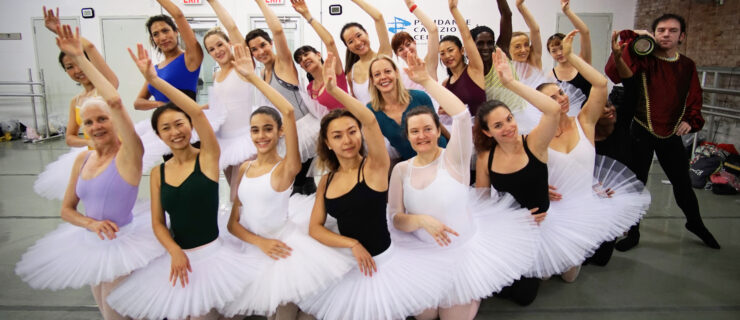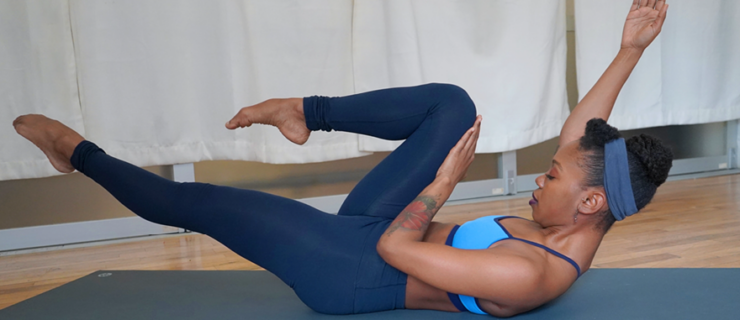Women Leaders Offer Their Advice for Dancers Aspiring to Be Directors
As the number of female artistic directors leading ballet companies continues to rise, I’m curious: What skills does an aspiring leader need to realize her dream?
Historically, most artistic directors of ballet companies have been men, despite the fact that ballet is a female-dominated field. Dance Data Project recently reported that, in 2023, only 29 percent of global ballet companies were helmed by female artistic directors. That said, three of North America’s leading companies—National Ballet of Canada, American Ballet Theatre, and San Francisco Ballet—have recently appointed women to the helm.
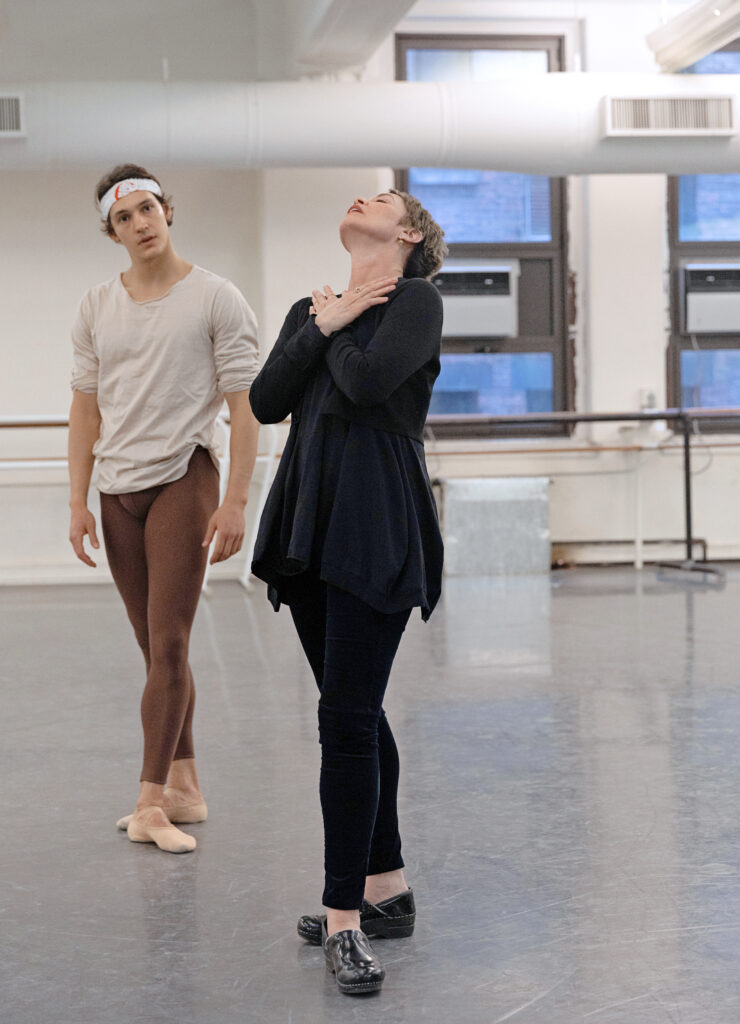
It could be argued that the schedule for a female ballet dancer is already overwhelming, so between hours spent sewing yet another pair of pointe shoes and coordinating their breath with dozens of other swans, younger dancers may be wondering: What other skills do they need to develop, and how, if leading a company interests them?
In a single word, “communication.” While there’s not one, linear path toward leading a ballet company, developing clear communication skills appears crucial. Before being appointed artistic director of American Ballet Theatre, Susan Jaffe honed her voice as a leader at several different institutions. But it was as dean of dance at the University of North Carolina School of the Arts that she says she truly found her stride.
At UNCSA, Jaffe dove eagerly into administrative work. “I really had to learn how to organize there, and sharpen my communication skills,” Jaffe remembers. Here’s where some dancers visualizing themselves as future directors may cringe. While many find organizational skills somewhere among their strengths, verbal and written communication—especially when things get tough—can be a much more elusive practice.
“Some people shy away from delivering difficult information, but if you don’t show people where they can improve, they won’t know. You have to be articulate and clear to be understood,” Jaffe says. “[At UNCSA], I learned I could be honest but deliver information in a kind way.”
Oregon Ballet Theatre dancer Charlotte Nash has been honing her leadership skills as co-director of the Artists Climate Collective, a sustainability-driven dance project. Nash began practicing communication while working on her BS in health sciences and minor in epidemiology from Ohio State University. “Being given the space and time to practice my communication skills [outside of the studio] has proven to be extremely helpful,” she says. Her education, which she completed part-time alongside her professional ballet career, has fostered Nash’s confidence in leading ACC. Though she is still working through insecurities around networking, Nash is learning that taking on challenging conversations confidently is “all about being genuine.”
Nash has now danced in several companies led by both male and female directors, including OBT’s new director, Dani Rowe. She notes that differences in leadership styles do not seem to stem from gender, although she has received “invaluable artistic advice” from female directors who have a clearer understanding of what it’s like to be a woman in ballet. Nash says she has admired Rowe’s plasticity since her new appointment: her ability to remain flexible in her plans for the organization’s future while still being eager to grow. “It has been super-enlightening to watch [Rowe] take time to learn about each dancer and employee at OBT and the way that the organization is structured before she makes any drastic changes.”
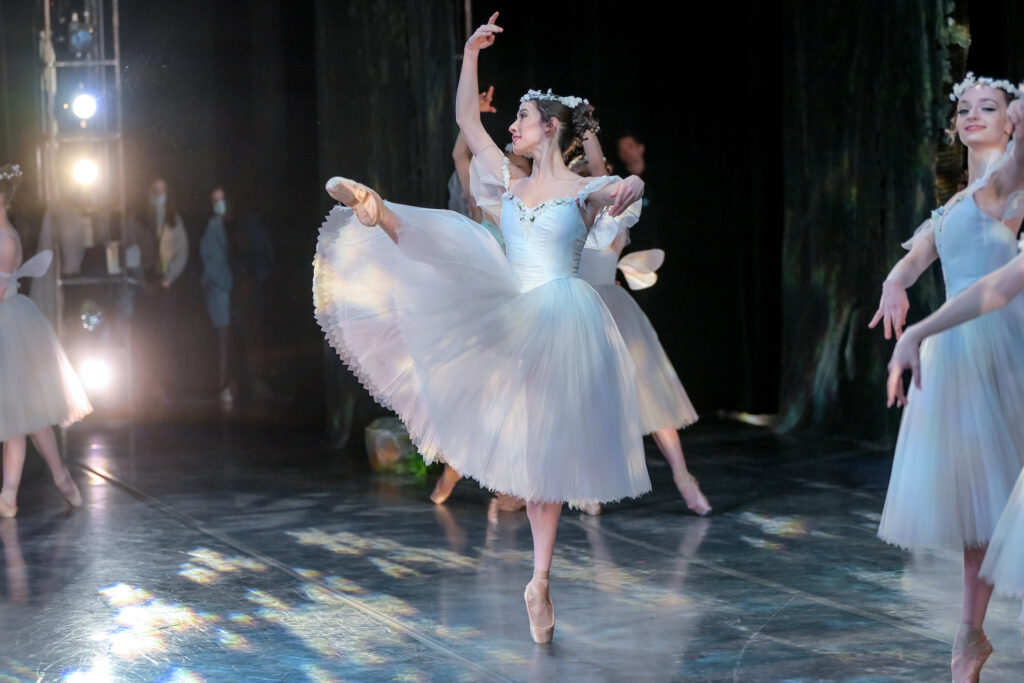
For New York City Ballet associate artistic director Wendy Whelan, the transition to leadership felt a bit more abrupt. When she first took on the role in 2019, she had recently retired from the stage; she grappled with the emotional complexity of shifting her thinking from that of a dancer to an administrator. “Knowing how valuable my body was as a dancer really showed me that I hadn’t used those other parts—my eyes, my brain—to understand more about the dancers, the choreography, the system,” says Whelan.
Reflecting on her growth as a leader since then, Whelan says, “There are many lessons [I learn] every single day, but one has been to slow down enough to be able to really listen—and take a step back when necessary.” It’s an apt reminder that good communication skills involve both giving and receiving information.
Like Nash, dancers can build experience by taking on smaller leadership opportunities during their performance careers. As Whelan points out, teaching, coaching, choreographing, conducting a small tour, or guiding an audience through an education experience all contribute to your development as a leader. Tackling these smaller roles can give you a chance to practice organizing and articulating thoughts to a larger group.
Jaffe adds that simply being a dancer can be an education in leadership—if you use your career wisely. “You have to be so self-focused,” she says, taking charge of your training, managing your body, and, ultimately, your career. This can translate to leading a larger group if you are able to communicate and articulate with your words. “Take your place, use your voice,” says Jaffe. “Be in the room!”
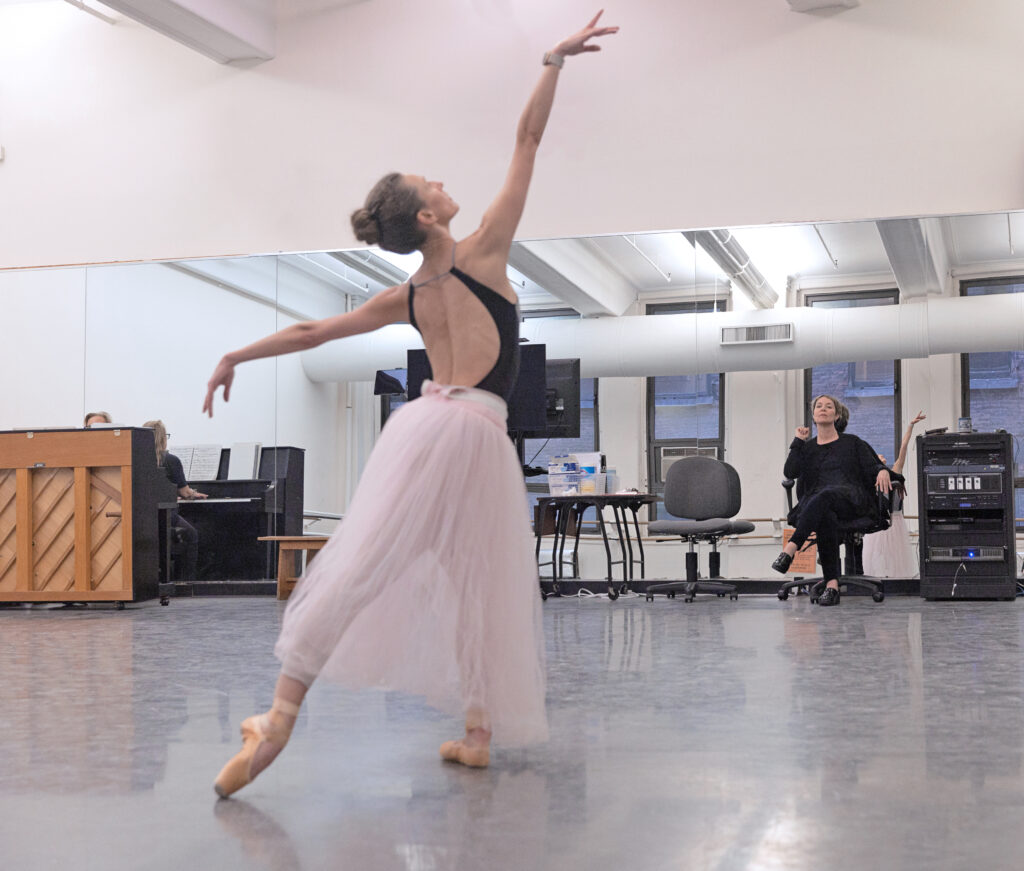
Similarly, Nash says that “a leader is just a human with the passion and guts to lead.” She encourages fellow future leaders to “remain curious, open, and make a commitment to being a lifelong learner.”
Jaffe says if you’re considering a role in leadership, you’re already more than halfway there. Whelan echoes that sentiment, encouraging women to be fearless. “Believe yourself into a role. As dancers, we believe ourselves into the world of ballet. And we can do that into the rest of our dreams and desires and all of the possibilities, if we just trust.”
My favorite piece of advice comes from Jaffe: “Don’t worry about being an expert.” Trying something new and being a “beginner” again can seem daunting, but Jaffe reminds us that this is the only way to grow. If we learn from those before us, we can set out on our own paths toward leadership without knowing all the answers. And now more than ever, there are so many female role models proving it’s all within reach.
